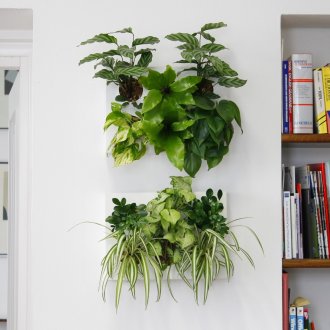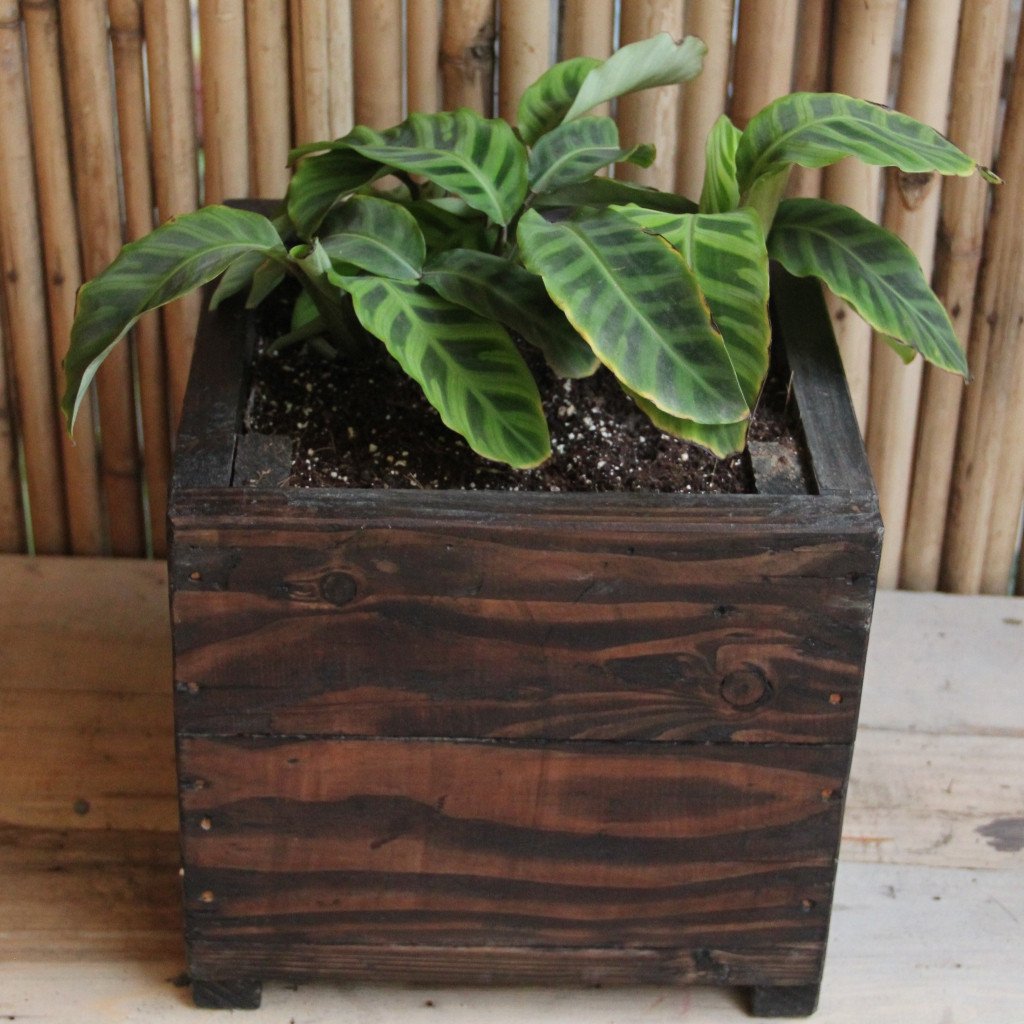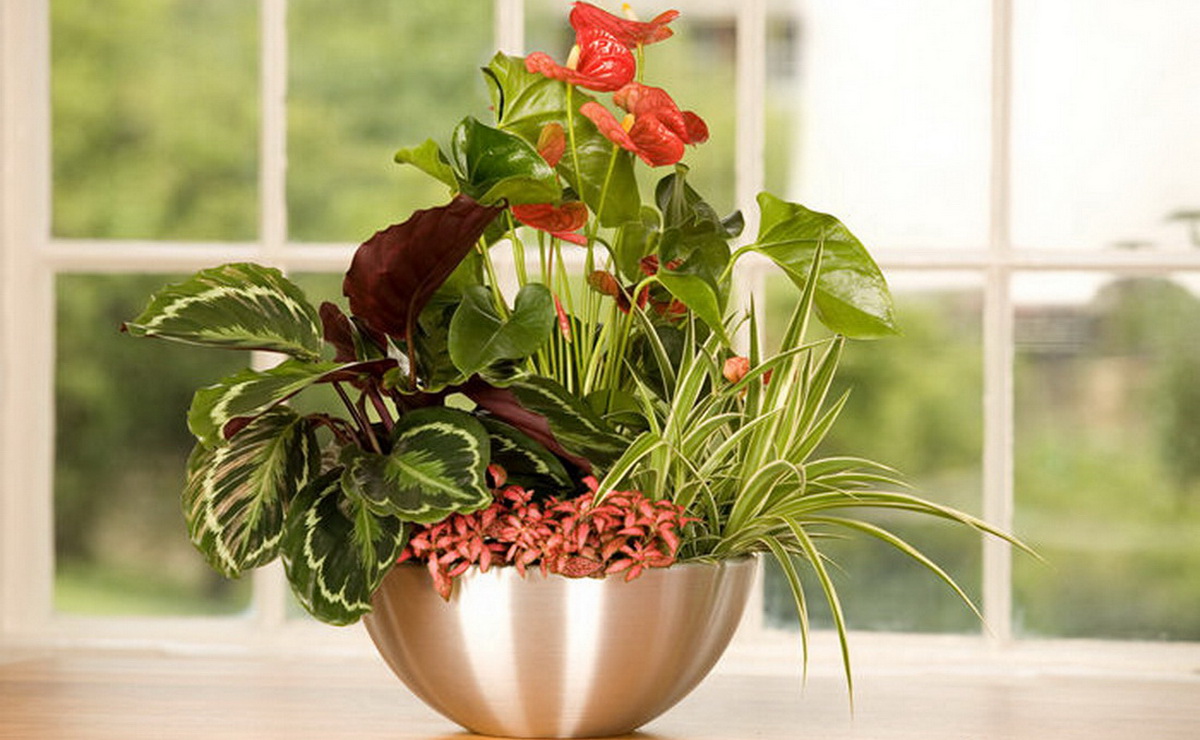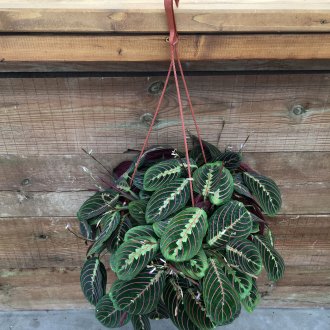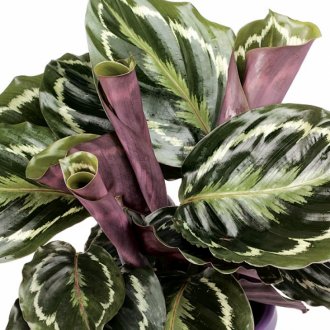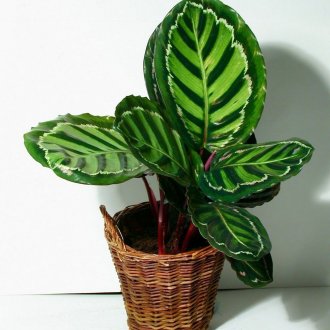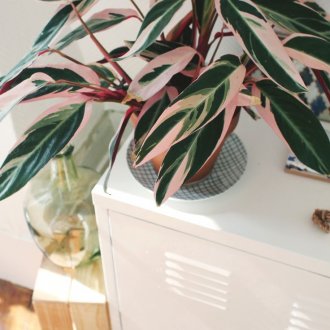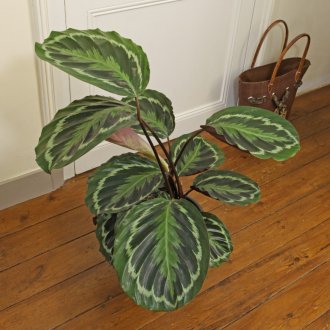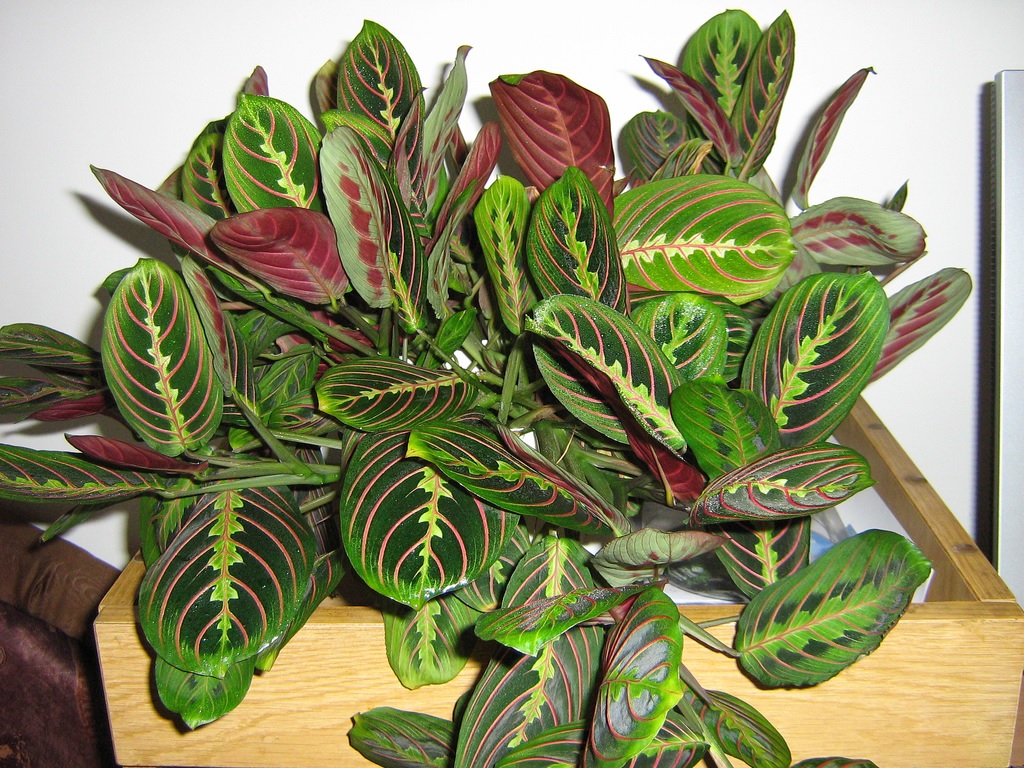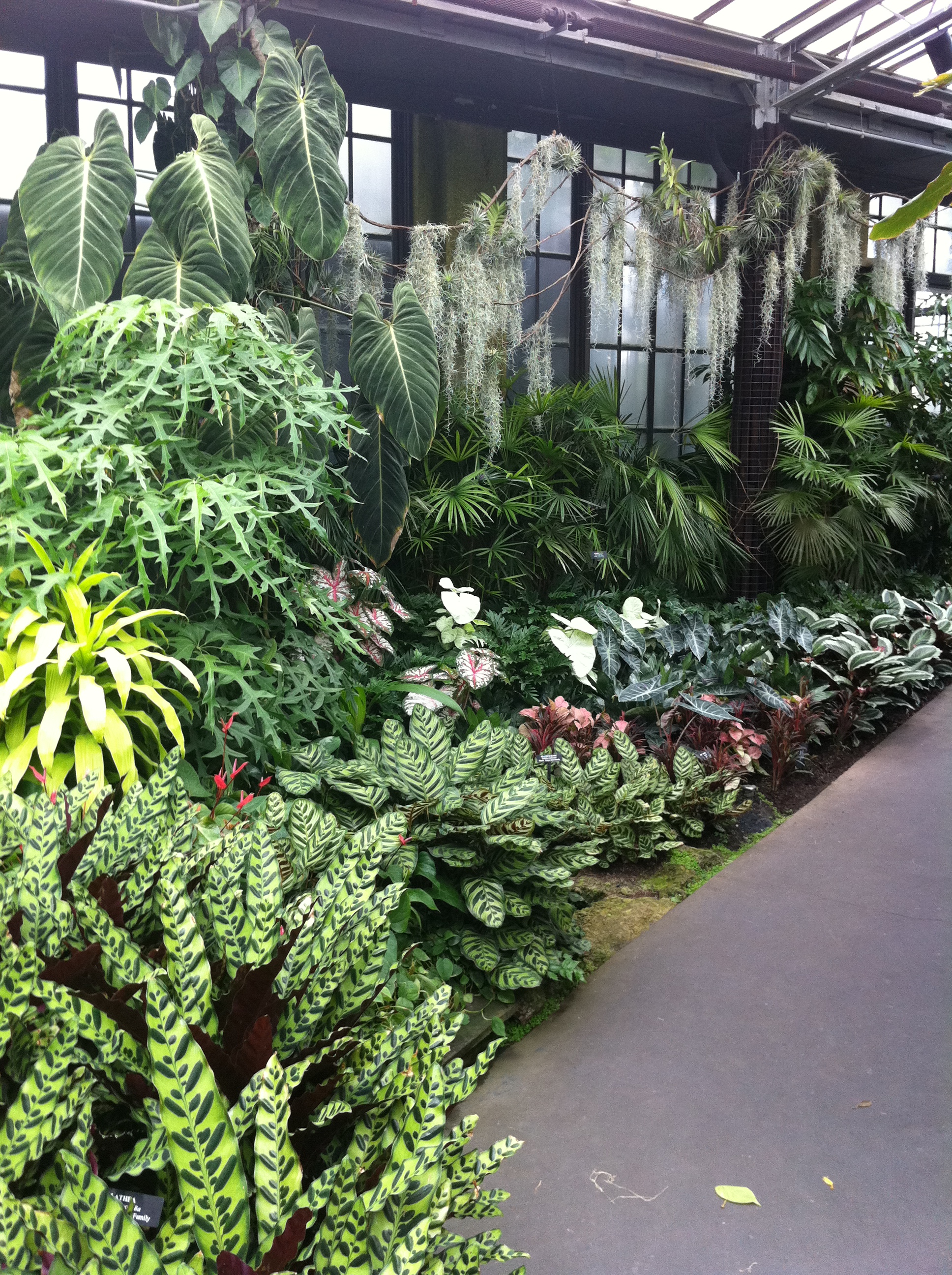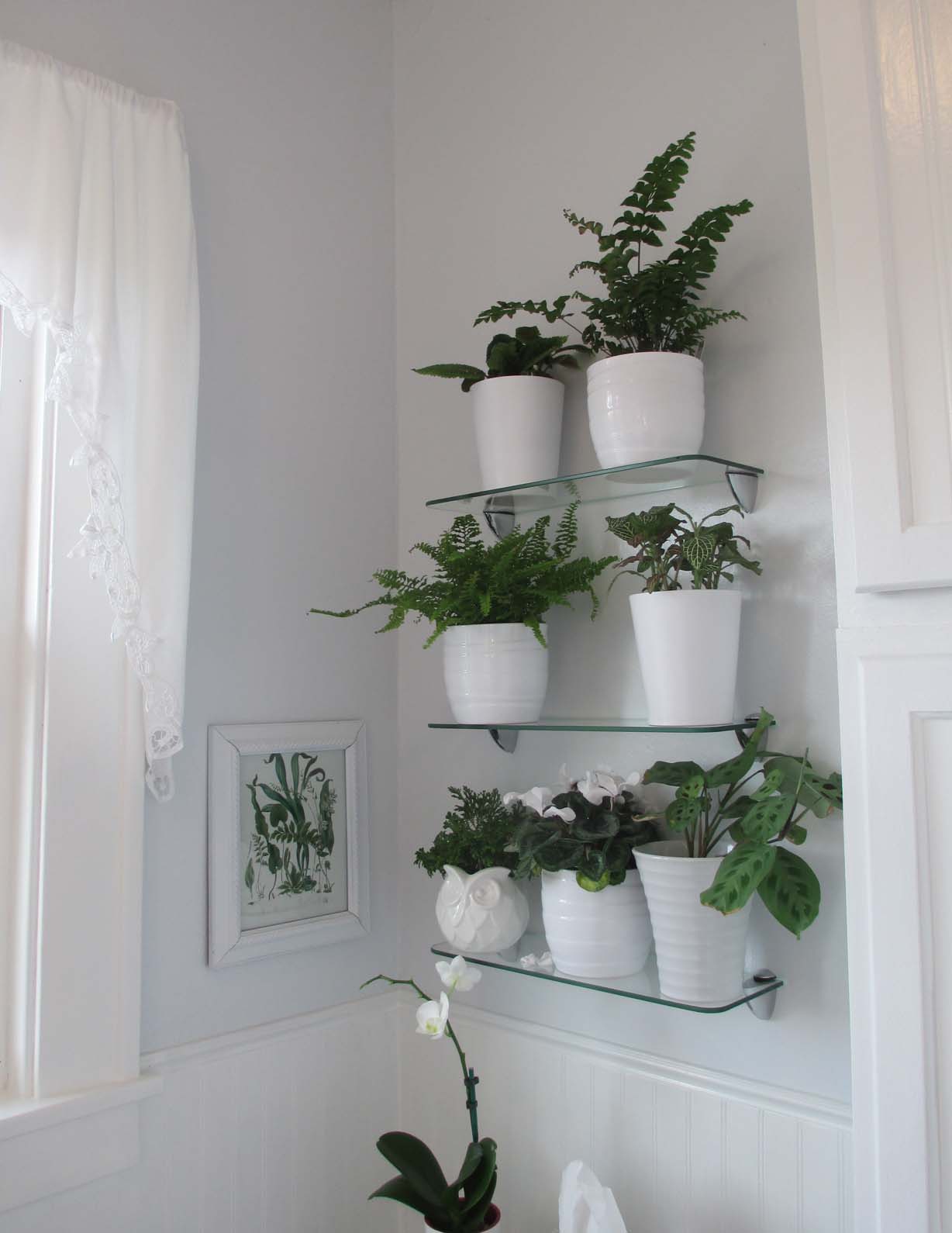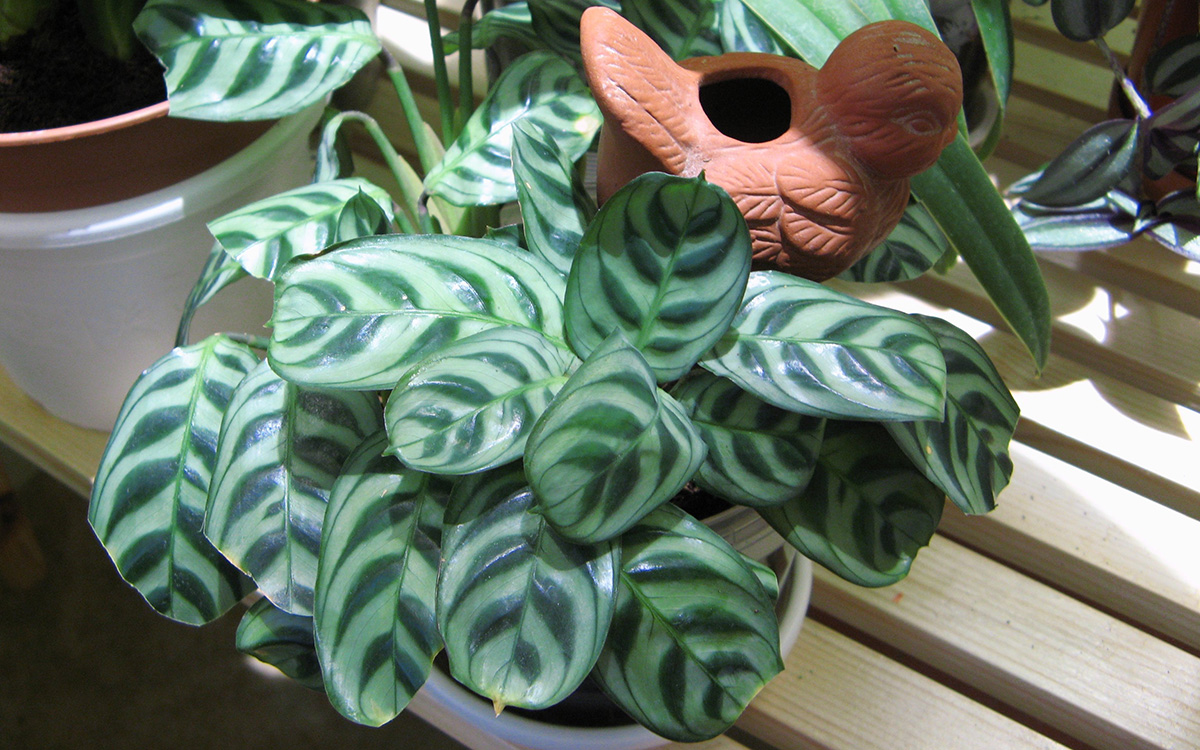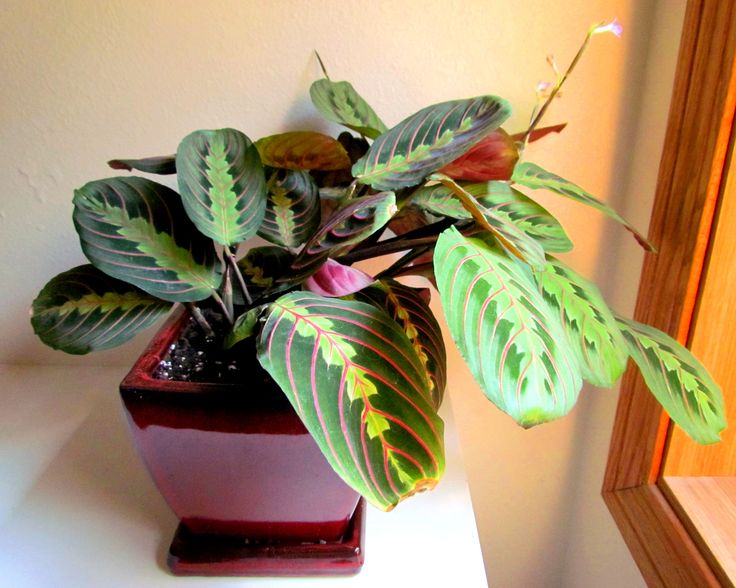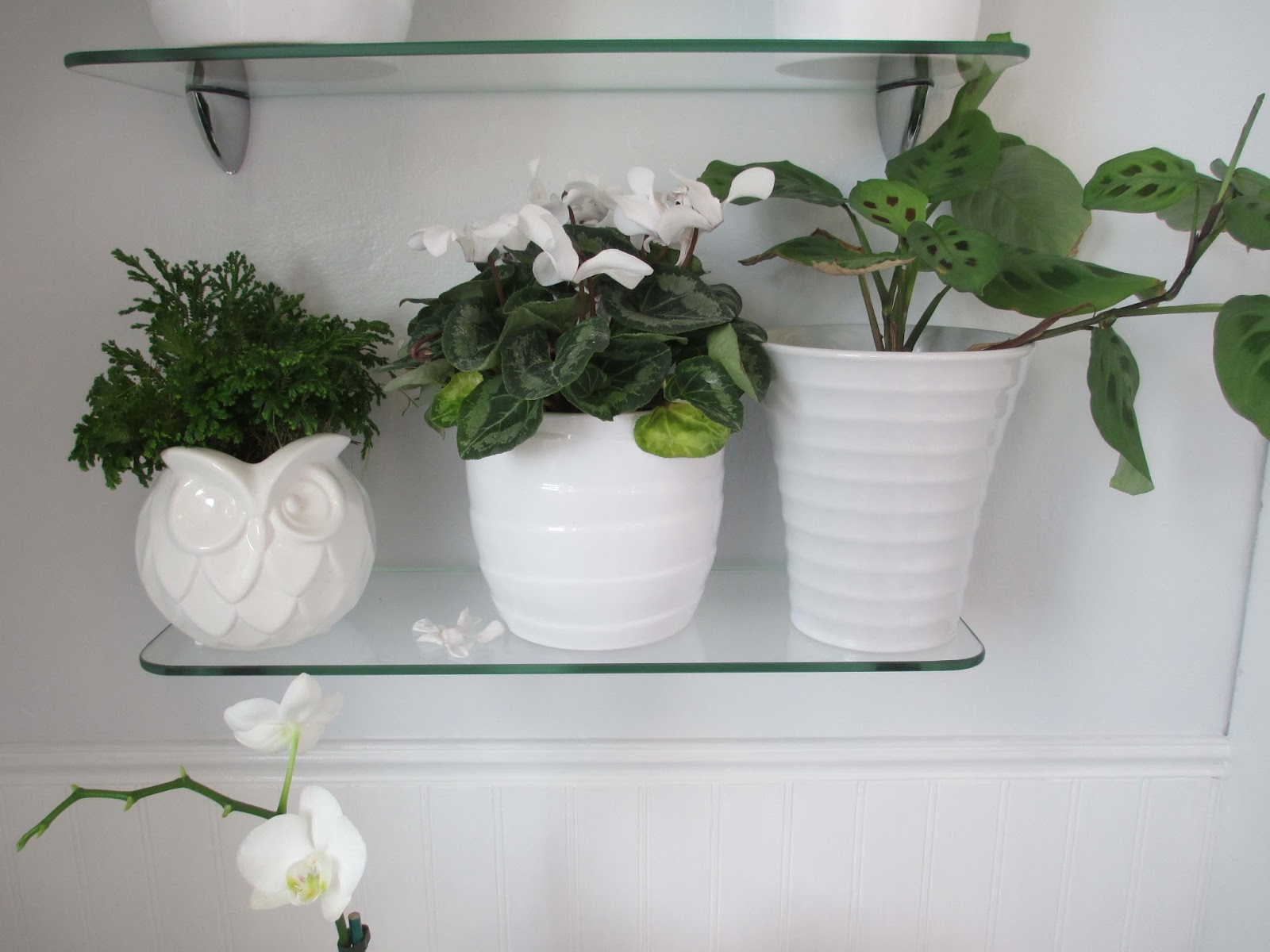Maranta: the main varieties and rules for caring for a plant (24 photos)
Content
The arrowroot plant is indoor and stunted. It is whimsical and requires special attention. The plant belongs to the family of arrowroots and is distinguished by the presence of oval, bright green leaves. The stems are directed straight, and the roots are tuberous. Arrowroot is in high demand due to attractive spectacularly colored leaves. Veins and spots are visible on a flat surface of the sheet. The background of the leaves can be very diverse. You can find leaves from white-green to deep black.
The plant blooms in small, paniculate, white inflorescences. Flowering plant looks elegant and attractive.
The length of the leaves can reach 15 centimeters. Sometimes leaves in the process of growth can change their direction. If the growth conditions are favorable, then the leaf blades are arranged horizontally. With a low level of lighting, poor watering, they slightly rise up, adjoining each other. In the evening, the leaves of the plant are folded. In this form, they are a bit like palms. In this regard, in England, this flower has the name "praying plant."
Maranta carries not only an aesthetic component, but also a practical one. This plant is healing. It helps to protect the body from colds. It makes it possible to fight insomnia. With regard to the practical side of the issue, in this context only such a plant species as Maranta arundinacea is considered. The roots of this plant are processed into flour, which is used in diet food.
The main varieties of plants
- Reed species of arrowroot. This plant is compact in size. Its length does not exceed one meter. The roots are usually thick, and the stems in the winter tend to dry out. The leaves of the plant are ovate-lanceolate, slightly pointed and round at the base. The plant blooms with white flowers. A plant in nature lives near water bodies.
- The arrowroot is a tri-colored species. This species is distinguished by the presence of decorative dark green leaves up to 15 centimeters long, in which there are reddish veins. The flowers are light pink and small.
- The arrowroot is a two-tone species. It is an ornamental and stunted plant, which is characterized by the presence of tuberous short stems. Oval-rounded leaves 10-15 centimeters long have slightly wavy edges. Above, the leaves are green with small brownish spots on the vein. On the underside they are brownish-red. The plant is grown mainly in rooms and greenhouses.
- The white-stalked arrowroot is a decorative, tuberous plant that has a short stem. The leaves are round-elliptical in shape, reach a length of 15 centimeters and a width of not more than 9 centimeters at the base, take the shape of a heart. On top they are dark green in color with attractive silver stripes in the middle. Petiole is short; its length is within two centimeters. The plant is suitable for rooms, greenhouses, terrariums.
- Maranta Kerhoeven. This type of plant has large leaves that are colored dark green. The height of this sort of arrowroot can reach up to 25 centimeters.
How to care for arrowroot: location and features of irrigation
Maranta is a type of plant that does not accept open sunlight. For him, they are dangerous, as they can harm the leaves. If the plant is constantly in the sun, then its leaves will become dull over time, and the pattern will become less distinct.
If you decide to bring the arrowroot into the house, then you need to prepare a place where partial shade prevails, and sunlight is diffused.
The plant likes rooms with high humidity. In this regard, the hallway is perfect for growing this plant.
Maranta is a tropical plant, so it is necessary to provide for a high level of humidity not only in the pot, but also in the air. In summer, watering should be plentiful, in winter - moderate. In the process of irrigation it is advisable to use soft water. It must be monitored so that the soil of the plant does not dry out. You should also try not to fill the arrowroot with water. Watering should be carried out when there is less water in the pan. In addition, in the summer, it is useful to spray the plant and put a pan under the pot in which there is wet gravel. It is not difficult to take care of the arrowroot at home if you follow simple rules.
Soil and fertilizers - features of choice
The plant loves slightly acidic soil, so a mixture of peat and sand is excellent for growing plants. At the bottom of the pot you need to put a layer of gravel. You can also add charcoal to the pot when transplanting.
For good growth, the flower needs to be fertilized from time to time. Feeding is preferably carried out in the warm season. It must be carried out at least twice a year. In the process of feeding, it is required to combine mineral and organic fertilizers. It is better to choose fertilizers that contain high levels of potassium, nitrogen. When feeding, it is necessary to use half the norm, which is indicated on the package. Fertilizers that are highly concentrated should not be used.
As for reproduction, to obtain a new plant, it is necessary to divide the bush into parts. In this case, the soil can not be shaken off. The plant is carefully replanted with the remaining soil. In order for the plant to take root better, it is useful to cover the pot with film. In the process of rooting, the pot is best installed in a warm room.
If the arrowroot roots appeared in the drainage holes, then this indicates that the plant needs to be transplanted. How to transplant arrowroot? This procedure is best done in the winter. Need to transplant in shallow pots. The flower has a superficial root system. In this regard, shallow pots are suitable for transplantation. It is necessary to verify that the soil of the transplanted flower has a loose structure.
Flowers at the arrowroot are not spectacular. It blooms for one month in small white or lilac buds. The plant is more attractive with beautiful leaves.
What problems can you face when growing a plant?
The plant has its own diseases, so it is very important to detect them on time. If you began to observe that the arrowroot at home began to dry out, the leaves and stems turned yellow, then this indicates that the plant does not receive the proper amount of moisture. You can fix this problem by regularly spraying the leaves and the stem. With dry air, the leaves begin to fall off. It is necessary to increase the level of air humidity and the problem will be solved.
If the leaves fall and a web is found on them, then the flower is probably affected by a tick. To destroy the tick, the foliage needs to be dipped and sprayed with water. Ground sulfur and insecticides will also help. The procedure should be repeated until the harmful insect is destroyed.
Often, the grower is faced with such a problem that the stems become soft and cease to support the weight of the leaves.If you want the indoor arrowroot flower to please you with an attractive appearance for a long time, follow all the requirements for caring for it. Rotting and wilting of leaves occurs at a low temperature in the room. If the flower is kept in the cold for a long time, it may die.
Arrowheads must be periodically wiped with a dry cloth, as dust accumulates on them. Over time, the shoots of the plant lengthen somewhat. In this regard, they must be carefully trimmed. Trimming is usually performed 1-2 times a year. Florists are not advised to tie up the arrowhead to the supports. It is recommended to direct leaflets in a horizontal direction. Often a flower is grown in hanging containers.
The most charming plant looks in youth.
Now many gardeners are trying to prune their shoots in the spring. Some gardeners do full pruning of shoots before the start of the winter season. This method is relevant when the plant has excessively dried out under the influence of heating appliances. If the shoots and leaves withered in the summer, then do not rush to throw the plant away. Maranta is equipped with massive, tuberous tubers. After complete pruning of the shoots, the plant can resume its growth.
The plant does not need obligatory “wintering”. It can delight the owner with attractive leaves in the winter. The arrowroot is not poisonous, it is safe for humans. If an animal accidentally feasts on a plant, then it will not suffer.
As it became clear from the above, arrowroot is a rather whimsical plant. If the owner goes on vacation for a week or more, then the plant should be abundantly watered, sprinkled with moist claydite. The pot must be put in the shade. For a long period of time, leaving the flower unattended is not recommended.

